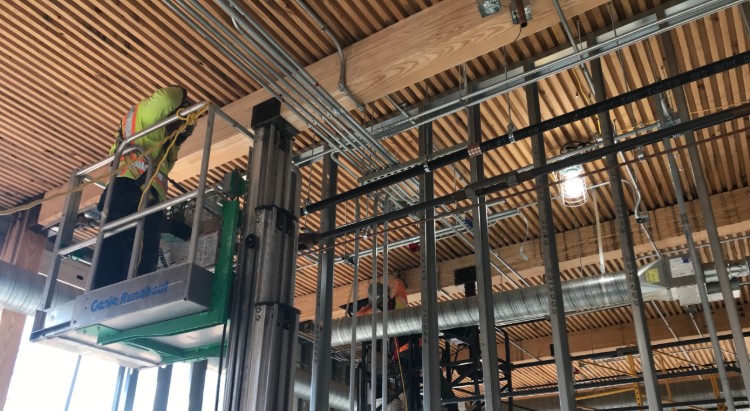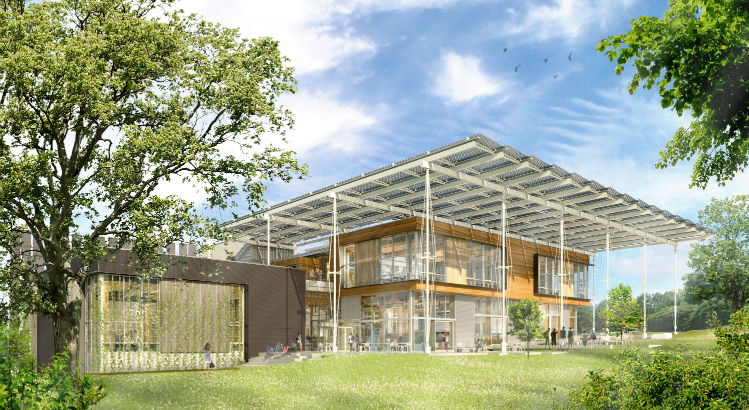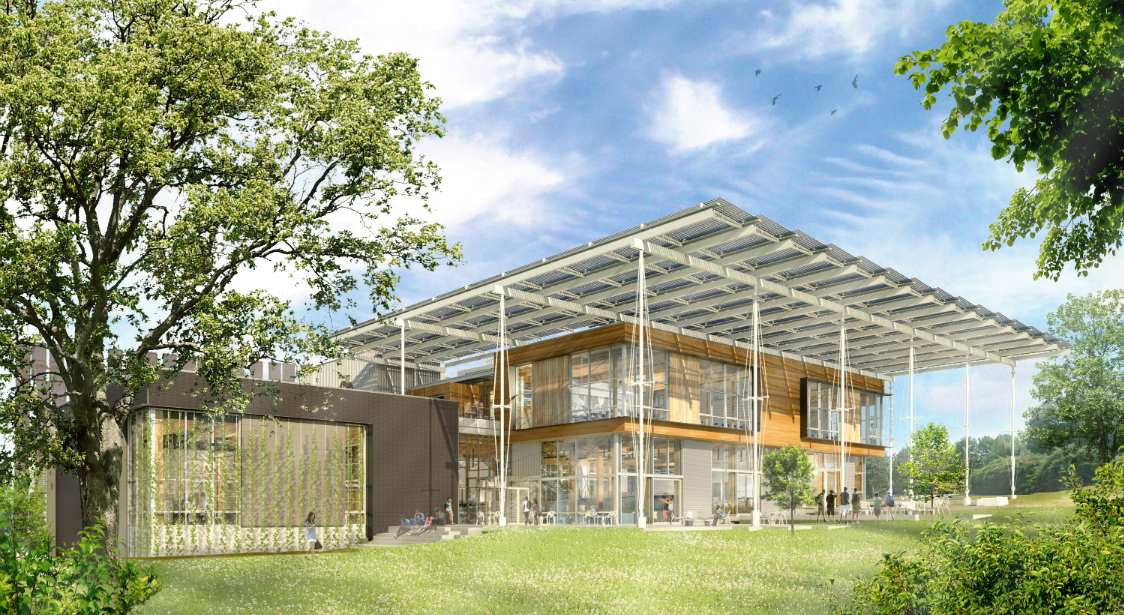
Role: Design lead for the Living Building at Georgia Tech.
Background: Court gained notoriety as design lead on the Bullitt Center, which received full Living Building Challenge certification. He also is designing a building at Eastern Washington University that will seek full LBC certification. He earned a Bachelor of Arts from the College of William and Mary and a Masters of Architecture from the University of Washington. In 2013, he received the AIA Seattle Young Architects award.
You’ve now worked on three buildings seeking LBC certification, as well as numerous LEED projects. Do you see any patterns emerging when it comes to the design of deep-green regenerative projects? I would say the most obvious emerging pattern is the importance of collaboration within the design team. Living Buildings are all about performance , so all systems need to be optimized as much as possible. This means architects and engineers need to work together from the beginning to balance all of the competing demands on the building.
The teamwork approach so fundamental to sustainable design seems to run counter to the stereotype of the “starchitect” — the creative genius who sets a singular vision for the building. Frankly, I’ve always been uncomfortable with that [starchitect] model. At Miller Hull, design is about so much more than just “the big move.” We believe you have a real responsibility when you’re designing a building. They are not just sculptures — they use a lot of energy, materials and water, and people have to enjoy being inside it. So it’s not just about a stunning move. It’s also about how comfortable it is, how healthy it is, and its impact on the environment. You have to set aside some of the things you’ve been taught as an architect, and strive for something better.
Website: Miller Hull



